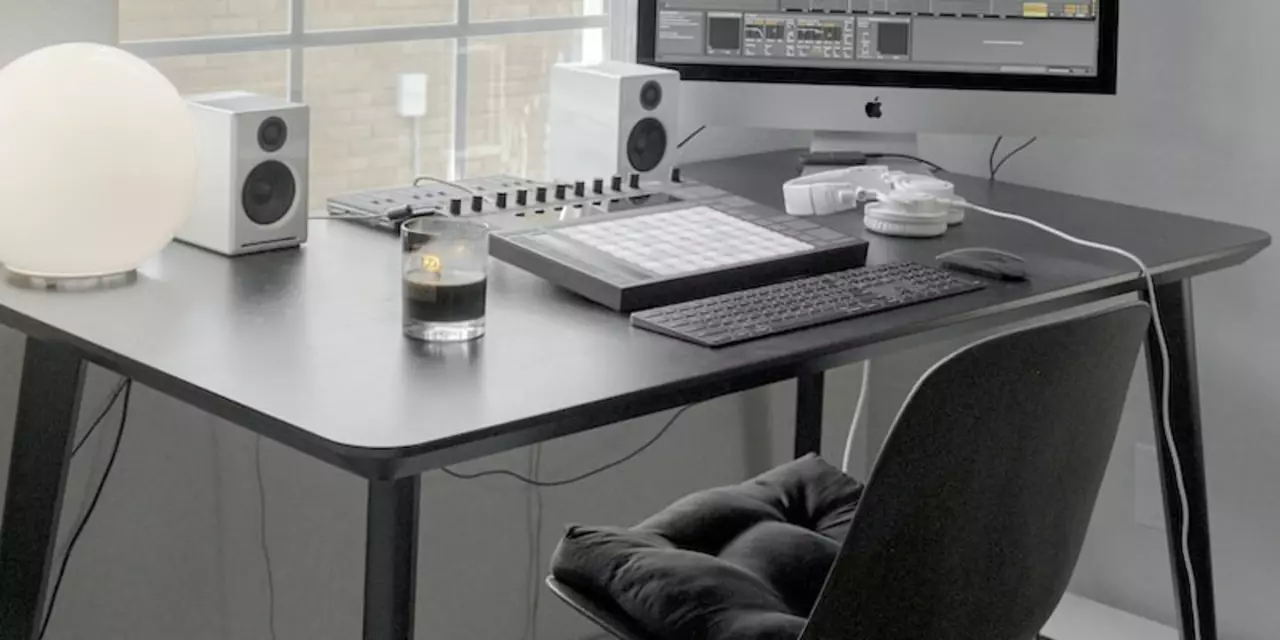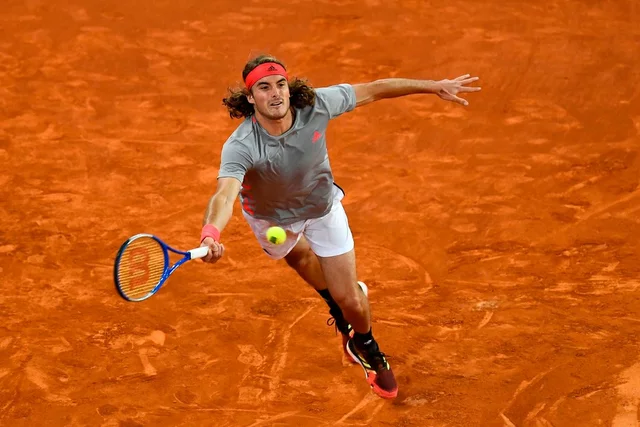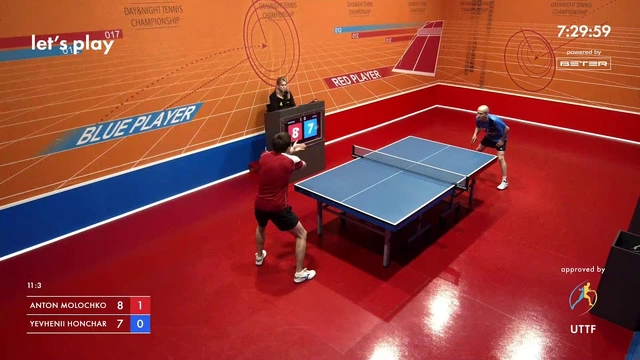Hawkeye technology has been used in professional tennis for years, and is often used to make sure that close calls go the way of the player who deserves the point. But why don’t Grand Slam finals use live Hawkeye to provide instant replay reviews of questionable calls?
The answer may lie in the rules of tennis, which state that there is no appeal process during a match. This means that a player cannot challenge the umpire’s call, regardless of whether Hawkeye would have overturned it. This rule is intended to keep the match moving along, and prevent any long delays that would disrupt the flow of the game.
Another factor is that the technology used by Hawkeye is expensive and requires a great deal of manpower to operate. This could be seen as an unnecessary expense for a Grand Slam final, where the stakes are already high. Additionally, there is no guarantee that a Hawkeye review would change the outcome of a match, so it is not seen as a necessity.
Finally, it is important to remember that mistakes are a part of any match, and that the umpires are human. While Hawkeye could be used to overturn incorrect calls in Grand Slam finals, it could also potentially be used to overturn correct calls, which could have a negative impact on the game.
Ultimately, it is up to the governing bodies of tennis to decide whether or not to use live Hawkeye in Grand Slam finals. While there are many reasons why it may not be used, it is important to remember that the technology is available and could be used to ensure fair play.
Tennis is one of the most popular sports in the world, and it has seen many technological improvements over the years. One of the most notable technological innovations in the sport is the use of Hawkeye, a computer system that can track and analyze ball movement in real time. Hawkeye was first introduced to the sport in 2006, and it has become an essential tool for umpires and players alike.
Hawkeye is used in many professional tennis tournaments, including the Grand Slams. However, it is not used in the Grand Slam finals. This raises the question: why don't they use live Hawkeye in the Grand Slam finals?
The main reason that Hawkeye is not used in the Grand Slam finals is that it would add an extra layer of complexity to the game. Umpires would have to take into account the data that Hawkeye provides, and they would need to be able to interpret it correctly. This could lead to lengthy delays in the game and could disrupt the flow of the match. Additionally, using Hawkeye in the Grand Slam finals could also lead to disputes between umpires and players, which could disrupt the competitive atmosphere.
Despite the fact that Hawkeye is not used in the Grand Slam finals, it has had a positive impact on the sport. Hawkeye has improved the accuracy of umpiring and has made it easier for players to challenge umpire calls. It has also helped to reduce the amount of time it takes for disputes to be resolved.
Overall, Hawkeye is an important tool for umpires and players alike. It is used in many professional tournaments, and it has improved the accuracy of the sport. However, it is not used in the Grand Slam finals due to the extra layer of complexity it adds to the game.
Pros
- Incorporating live Hawkeye in Grand Slam finals would provide more accurate decisions for players, referees and spectators.
- It would also help to make tennis more fair and equitable in terms of judging.
- Live Hawkeye would help to reduce the amount of time spent on reviewing calls, as review decisions can be made almost instantaneously.
Cons
- The implementation of live Hawkeye in Grand Slam finals would be costly.
- The technology can sometimes be unreliable, which could lead to further complications.
- Live Hawkeye might take away from the spontaneity of the game, as there could be too much reliance on technology.
The debate around why live Hawkeye isn't used in Grand Slam finals is one that has been ongoing for some time. Hawkeye is the line-calling system used to verify line calls in tennis matches, and it's become a standard in the sport. However, there is still a debate over why it isn't used for the biggest matches of the year - the Grand Slam finals.
The primary argument for why live Hawkeye isn't used in Grand Slam finals is that the technology simply isn't reliable enough. Hawkeye relies on a variety of factors, such as camera angles and the speed of the ball, to make its decisions. Critics argue that the technology can be inaccurate, and a single mistake could cost a player the match.
On the other hand, supporters of live Hawkeye argue that the technology is reliable enough to be used in Grand Slam finals. They argue that it would add an extra layer of accuracy to the line calls, ensuring that the right calls are made and that the game remains fair.
The debate around live Hawkeye in Grand Slam finals is an interesting one, and it's unlikely to be resolved anytime soon. It's clear that both sides have valid arguments, and it will take more research and testing before a final decision can be made.
Hawkeye is a system used in tennis to determine whether a ball has been in or out. It is widely used in tournaments and other major events, but is not seen in the Grand Slam finals. This begs the question: why don't they use live Hawkeye in the Grand Slam finals?
In order to answer this question, we must look at both the benefits and drawbacks of using live Hawkeye in the Grand Slam finals. The primary benefit is that it would help to make the game more fair by allowing players to challenge any calls they dispute. This would make the game more equitable, as players would no longer have to rely solely on the judgement of the umpire. Additionally, it would help to reduce controversy and confusion, as wrong calls could be quickly and easily rectified.
However, there are also some drawbacks to using live Hawkeye in Grand Slam finals. Firstly, it would add a layer of complexity to the game, as players would need to understand the system and how to use it. Secondly, it would be expensive to implement, as the system would need to be installed in all the courts. Finally, it could slow down the pace of the match, as players would have to wait for the system to process their challenges. This could negatively impact the spectator experience.
Overall, it appears that the drawbacks of using live Hawkeye in the Grand Slam finals outweigh the benefits. Therefore, it is understandable why the system is not used in these events. Nevertheless, it is something that could be considered in the future, depending on the development of the system.


